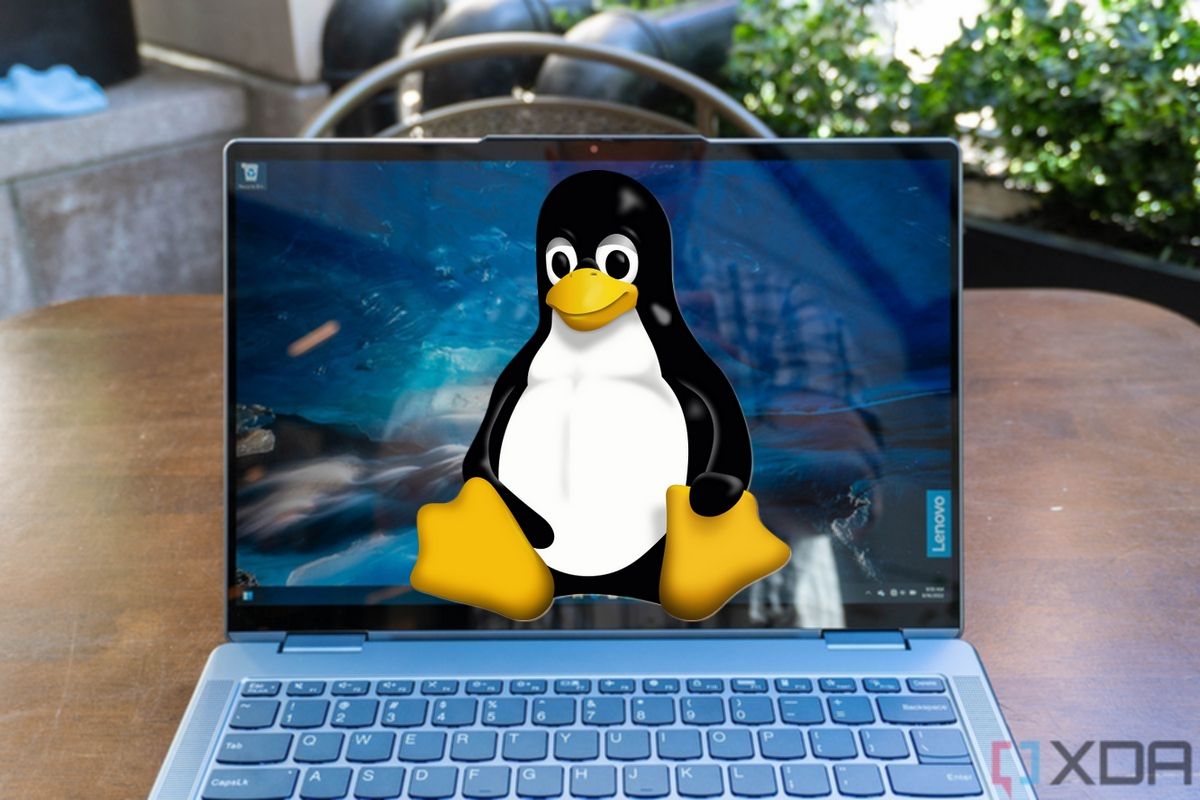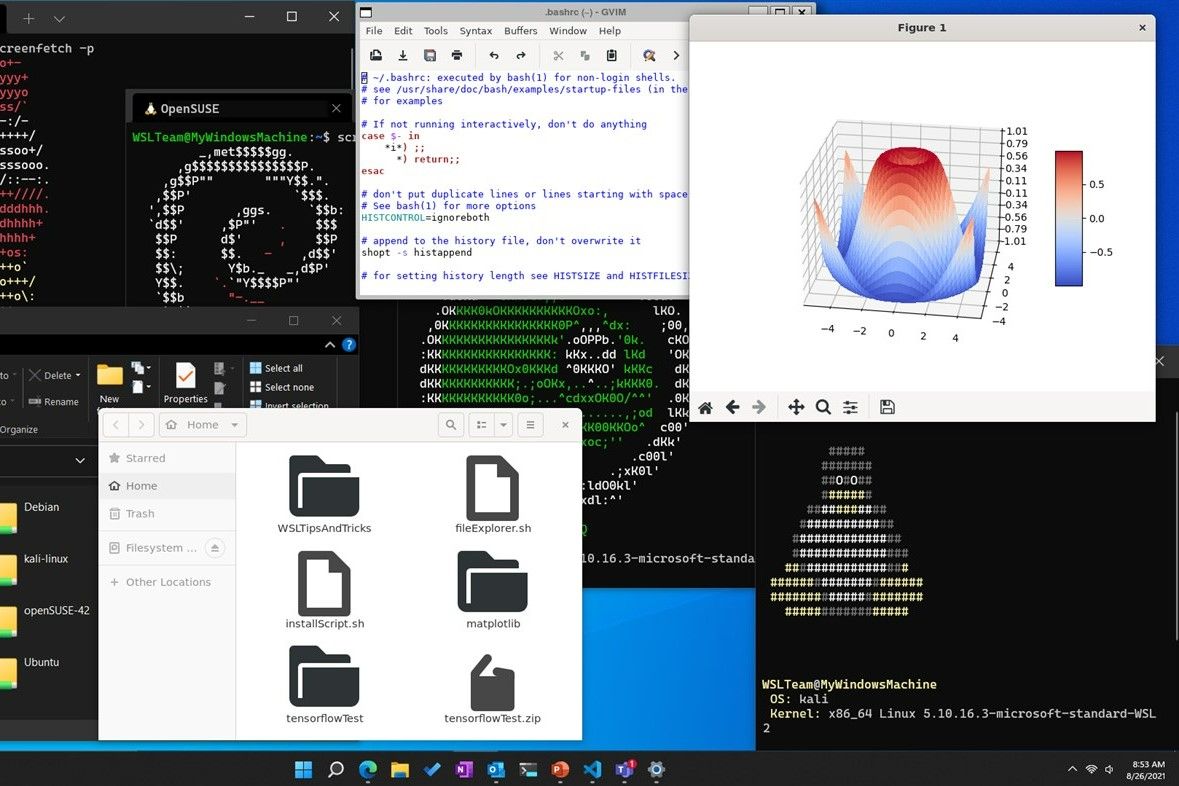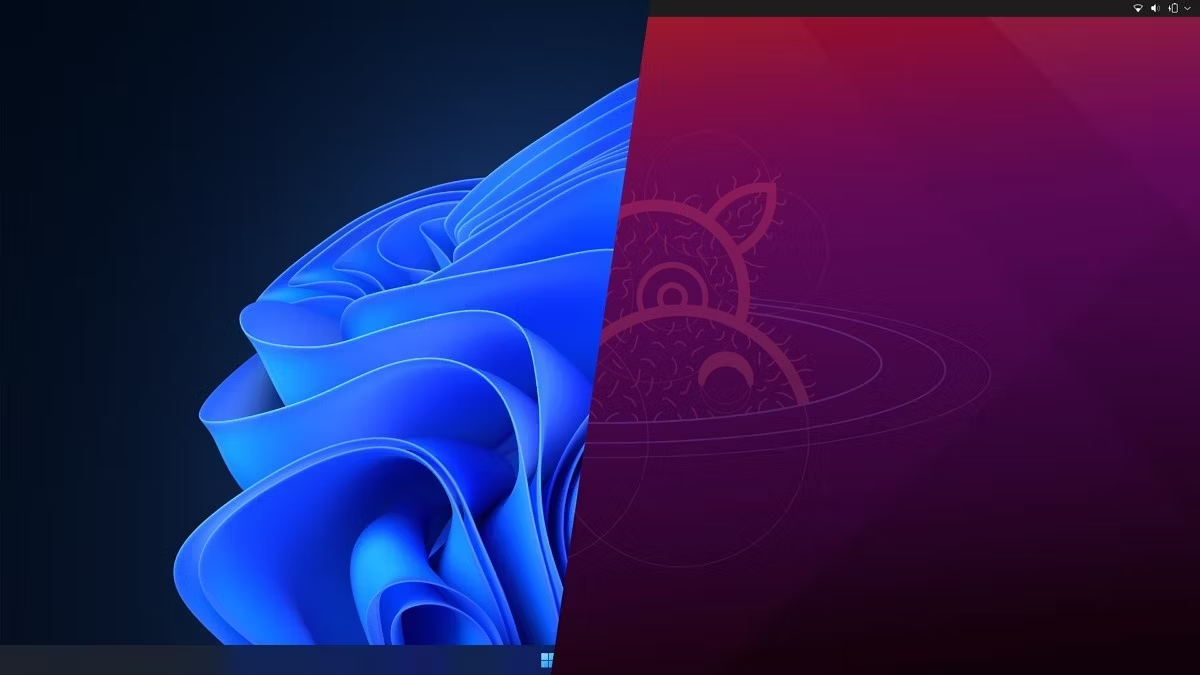Lenovo makes some fantastic laptops, and the latest Yoga 7i model is no exception. This is a high-end convertible laptop with more of a mainstream focus, and in our review of the Lenovo Yoga 7i, we found that it offers a lot of value. It's one of the best Windows laptops you can buy in this price range, but what if Windows isn't your preferred platform or you just need Linux for specific tasks? If you're a fan of Linux, there are ways you can get it running on the Lenovo Yoga 7i.
The methods of getting Linux on your PC vary in complexity and risk, but they also offer different end results, so you have to choose what's right for your use case. We'll start with the simpler and less risky methods, then scale up to the more advanced options.
One thing to note about this method is that Lenovo doesn't officially support Linux on the Yoga 7i, so you can't get drivers from Lenovo, and if you run into any issues, the company likely won't be able to help you.
Using the Windows Subsystem for Linux
Windows shipped with a feature called the Windows Subsystem for Linux for a few years now, and in Windows 11, it's more capable than ever. This allows you to run a Linux distribution inside Windows using a special layer of virtualization that integrates Linux more tightly with Windows. With the changes in Windows 11, you can even use the Windows Subsystem for Linux to run full GUI Linux apps. It works similarly to using the OS natively, and you're not limited to terminal-based apps.
To set up Windows Subsystem for Linux on Windows 11, search for it in the Microsoft Store. Then, search for your preferred Linux distribution on the Store. There are a few options available, including Ubuntu, Kali Linux, and openSUSE. You can then use Windows Terminal to launch your Linux distribution and install apps or perform other tasks you would on Linux. You can't access a Linux-style desktop, but if you install a GUI-based app, it will run as expected.
This method is the easiest to set up, and it doesn't require moving away from Windows if you need both environments. Plus, it doesn't involve much of a risk. However, you don't get access to the full UI of the Linux distro you choose, plus performance still won't be on a native level.
Installing Linux on your PC with a virtual machine
If you want to experience a full Linux installation without messing with your disk or removing Windows, virtual machines are another great option. As the name suggests, this uses virtualization technology to create a Linux experience that you can run inside Windows without any impact on your Windows installation. Virtual machines give you the full experience of the Linux distro you're installing, so you can get a feel for what it's like to use Linux.
To set up a virtual machine, you'll need virtualization software such as Microsoft's own Hyper-V. This is built into Windows 11 Pro and most other SKUs, but you can install it on Windows 11 Home with some fiddling. Then, you can download your favorite Linux distribution as an ISO file from the internet. For example, you can download Ubuntu here. We have a guide on how to use a virtual machine to try out Windows 11, but the same steps generally apply to Linux as well, so you can follow that guide once you have the right Linux installer.
This option is ideal if you want to know what Linux is like but still want Windows to be your main platform. It gives you the full experience for the most part, but you'll be missing out on some performance due to the virtualization layer. It also doesn't require any complicated steps where you might risk losing data.
Install Linux on your PC via dual-booting
However, if you want to see the full native performance of Linux and you're willing to mess with some more advanced settings, you can also install Linux alongside Windows. Dual-booting allows you to choose Linux or Windows every time you turn on your computer, so you get the full experience with either one, and you don't miss out on any performance while using them. We have a guide you can use to dual-boot Windows 11 and Linux if you want to try it out. If you decide you only want one or the other, you can delete the other partition (once you've backed up your data) and use just the one you prefer.
As you can see, there are a few ways to get Linux apps running on the Lenovo Yoga 7i, and many of them don't require giving up Windows 11 altogether. Which method is best for you greatly depends on what your desired experience is, but if you only need some Linux apps for your workflow, the Windows Subsystem for Linux may be the best way to go about it without moving away from Windows.
If you're interested, you can buy the Lenovo Yoga 7i using the links below. It's one of the best Lenovo laptops you can buy right now and a great option for almost any kind of user, especially since the 14-inch and 16-inch models cater to different people.
-
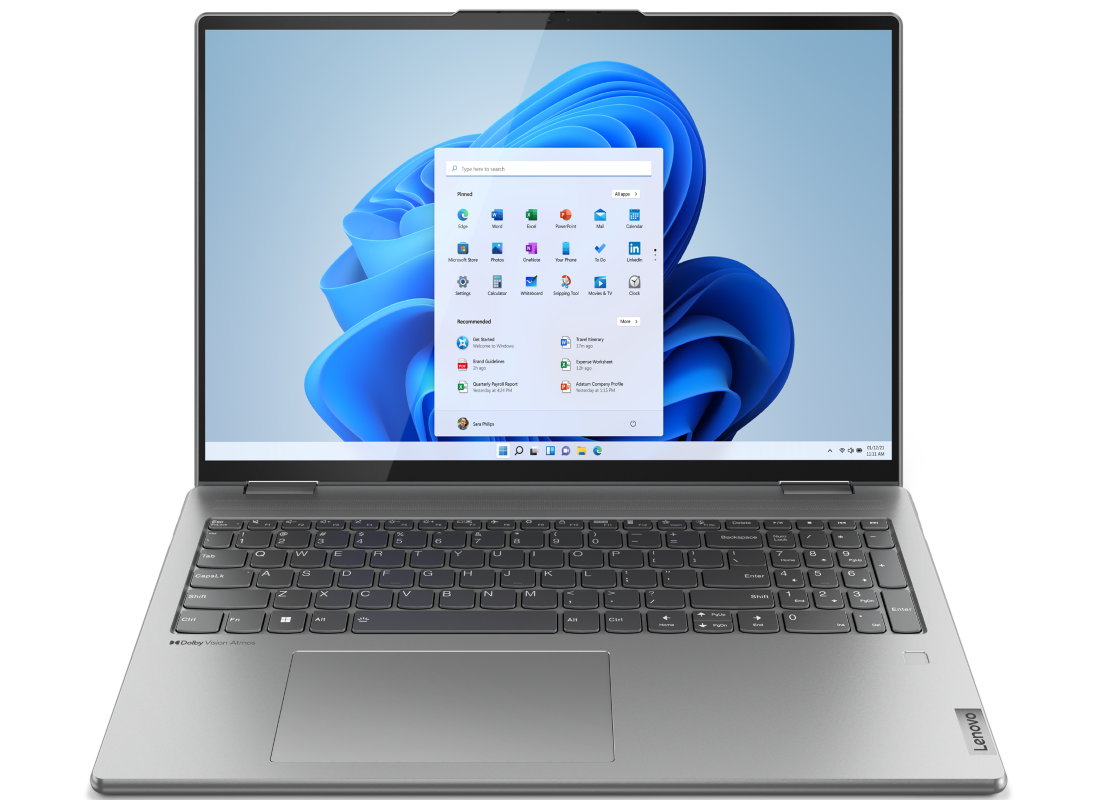
Lenovo Yoga 7i (14-inch)
The Lenovo Yoga 7i 14-inch model is packing 12th-generation Intel Core U-series processors and a 2.2K IPS display, great for portability and everyday use.
-
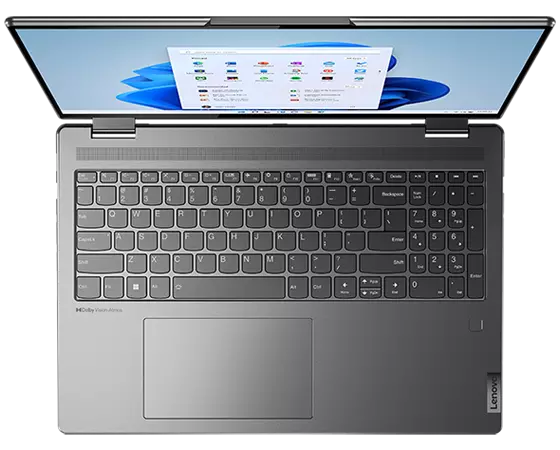
Lenovo Yoga 7i 2-in-1 (16-inch)
The 16-inch variant of the Lenovo Yoga 7i packs more performance, with options for a P-series processor or an H-series processor with dedicated Intel Arc graphics, which is ideal for creators.

